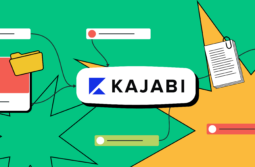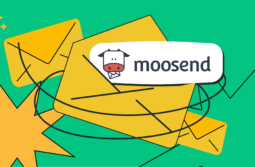You know what they say: The strongest and most enduring relationships take lots of hard work. But what about your customer relationships? How do you maintain and strengthen that precious bond?
Turns out, there are countless techniques and tools that help businesses get closer to their customers and foster active, two-sided communication. You can harness the power of software, AI, and automation to stay top of mind with customers and keep the flame of their interest burning.
In this post, we’ll be discussing the plentiful benefits of using customer engagement tools. We’ll also talk about different types of software that business owners can use to keep their customer base active and involved. Finally, we’ll give you precise engagement tool recommendations to help you get started.
Content:
- What are customer engagement tools?
- Customer relationship management software
- Email marketing platforms
- Social media management tools
- Live chat and chatbots for customer support
- Self-service resources for independent customer support
- Customer feedback and survey tools
- Customer loyalty software
- Why use customer engagement tools
- 5 multi-purpose user engagement tools and why you need them
- SendPulse for a holistic approach to customer engagement
- HappyFox for customer enablement and contextual support
- SurveySparrow for creating memorable experiences
- Buffer for connecting social media and sales
- Pushwoosh for customer-centric messaging
- Choosing the right customer engagement tools: tips and tricks
- Stay connected with your customers using SendPulse
What are customer engagement tools?
Customer engagement tools is an umbrella term describing various applications and platforms intended to help businesses interact with their customers, build relationships, and enhance customer loyalty.
These tools help you be proactive when it comes to customer communication and provide personalized experiences. Here are the main types of customer engagement tools.
Customer relationship management software
This is the ultimate customer engagement tool and a must-have for any business. CRM software empowers you to manage your interactions with customers, track customer data, and consolidate your communication channels.
Think of it like a big digital notebook. It helps you store crucial information about your customers, like their names, contact details, what they’ve bought from your store, and even notes about your conversations with them.
Modern CRMs can remind you when it’s time to follow up with a customer, whether it’s sending a birthday discount or checking in after a recent purchase. It helps teams be more organized and thoughtful in their customer interactions.
Many CRM systems can also show you patterns and insights thanks to built-in analytics tools. It can tell you which products are selling the most, who your most loyal customers are, and which marketing campaigns are working best.
Email marketing platforms
Customer engagement is unimaginable without email marketing. In fact, around 64% of small business owners rely on email as their primary channel because it allows for a higher level of visibility, personalization, and impact than social media.
Email marketing automation tools help you notify your customers about your latest products, special deals, or updates. Moreover, they allow you to segment your mailing list and personalize your email templates to make it feel like they’re written specifically to cater to the recipient’s unique needs and interests.
These platforms can track who opens your emails, who clicks on the links, and what they’re interested in. This helps you understand what your customers like and tailor your messages to them. And they handle things like making sure your emails don’t end up in the spam folder.
Social media management tools
Social media management tools for businesses are like your trusty sidekicks in the world of Facebook, Twitter, Instagram, and all those social networks. They allow you to stay active and maintain ongoing conversations with your brand’s followers in a more streamlined way.
For instance, they help you schedule your posts, so you can plan what you want to post and when you want to post it. That way, you can reach your audience when they’re most active. They also let you see all your comments, likes, and messages from one place, like a command center for your social media.
Finally, they can help you figure out what’s working and what’s not. They track metrics like how many people saw your posts, clicked on your links, or followed your page. This data helps you understand your audience better.
Live chat and chatbots for customer support
Using conversational marketing software equals having a reliable, tireless virtual agent team available 24/7 on your website, app, or social media profiles.
Live chat software allows your customers to instantly contact your support center without having to make time-consuming phone calls or type lengthy emails. With it, you can answer customer questions in real time, guide them through the buying process, or help with any issues they might have.
Also, live chat software often comes with additional user engagement features like co-browsing and video chats for better collaboration.
Chatbots serve the same purpose, except they don’t need any human input. You can even set up an AI-powered bot to handle customer questions and concerns.
Self-service resources for independent customer support
Self-service resources for independent customer support typically come in the form of FAQs, a knowledge base, webinars, guides, tutorials, online discussion boards, or troubleshooting tips. Consumers can visit this virtual library whenever they have a question or run into an issue.
This type of customer engagement tool saves businesses and consumers time, empowering the latter to find solutions on their own and continue enjoying the product.
Customer feedback and survey tools
To engage your customers, you need to know what they really think about your brand. Customer feedback and survey tools can help you with that.
They allow you to collect opinions and comments from your customers. You can ask questions like, “How was your experience with us?” or “What can we do better?” Customers can share their thoughts, and you get a direct line to their insights.
These tools make it super easy to gather this previous information and analyze customer sentiment so you can serve them better.
Customer loyalty software
Customer loyalty software allows you to set up a digital rewards program that keeps your customers coming back for more. It’s the equivalent of a good old loyalty card with stamps.
Your buyers can earn points or rewards every time they make a purchase or take certain actions like referring friends, leaving reviews, or signing up for newsletters. These points can then be redeemed for rewards or discounts.
Loyalty software can also provide you with valuable data and insights about your customers’ preferences and shopping habits, allowing you to send them more relevant offers.
Why use customer engagement tools
As you can see, user engagement tools can be a valuable addition to your toolkit. They allow you to influence what your customers experience before, during, and after the purchase.
Let’s list some of the benefits that come from using customer engagement tools:
- Better customer relationships. Website engagement tools enable eCommerce businesses to build and nurture relationships with their customers by providing them with valuable and relevant information exactly when they need it.
- Reduced churn. Engaged customers tend to be more loyal. By providing personalized experiences and addressing customer needs, you can increase customer loyalty and retain even the most picky customers.
- Higher customer satisfaction. Addressing customer inquiries and concerns promptly leads to higher customer satisfaction, as customers feel heard and supported.
- Relevant and resonating messaging. Marketing automation software allows you to tailor your communications to individual customers, which inevitably increases the likelihood of your messages getting noticed and appreciated.
- Sales boost. Engagement tools enable you to create compelling offers, provide recommendations, and guide customers through the buying process, ensuring a positive experience.
- Increased customer lifetime value. If you keep your customers satisfied, active, and entertained, they’re more likely to stick with your brand.
- Fewer abandoned carts. Engagement tools like live chat and chatbots can help address customer concerns during the shopping process, and abandoned cart emails are great for recovering unfinished purchases.
- Clear understanding of customer needs. By proactively contacting your customers and asking them about their experiences with your brand, you can gain insights into their pain points and preferences, which can be used in strategic decision-making.
- Expressed brand personality. Engagement tools empower you to convey your brand identity, values, and personality to customers, building a strong online presence.
- Cost and time savings. Automated customer engagement tools can efficiently handle routine tasks, allowing human resources to focus on more complex and value-packed activities.
In short, using customer engagement tools is all about making smarter business decisions and staying ahead of the game.
5 multi-purpose user engagement tools and why you need them
We’ve described various categories of customer engagement software, but, in reality, you’re more likely to see businesses relying on a single marketing platform that combines multiple tools. So, let’s look at five platforms that can help you engage your customers through many channels at once.
SendPulse for a holistic approach to customer engagement
SendPulse is a marketing and sales automation platform with diverse user engagement features. It encourages you to adopt an omnichannel approach, allowing you to interact with your customers through email, chatbots, SMS, push notifications, and website forms.
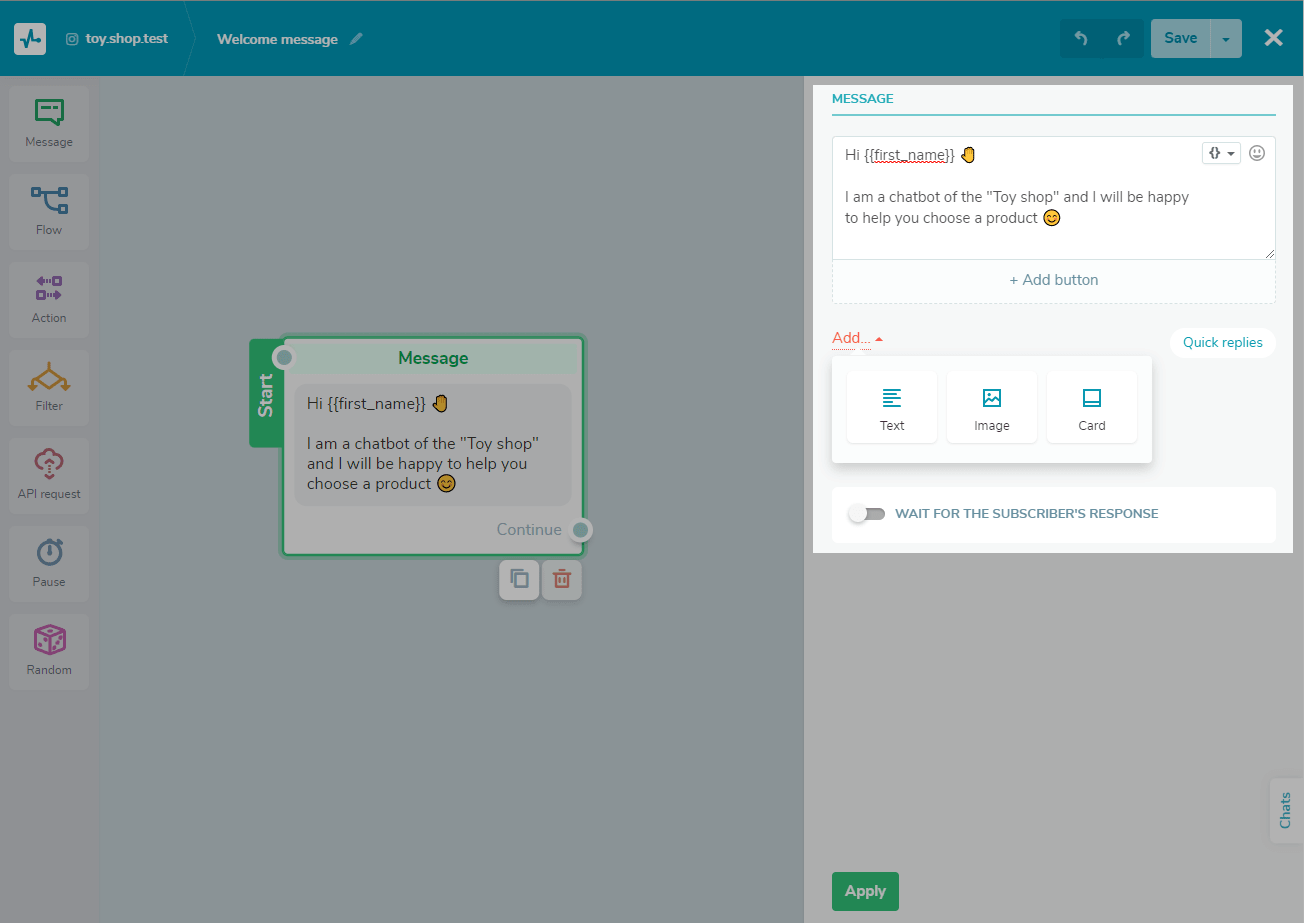
Here’s a quick overview of the engagement tools SendPulse offers:
- Email campaign builder. Customize pre-designed templates or create campaigns from scratch using an intuitive drag-and-drop editor.
- Email automation. Send personalized emails triggered by your customers’ actions, such as cart abandonment, subscription confirmation, or purchase.
- CRM. Have a clear overview of your deals and know where your customers are in the pipeline and when it’s the right time to re-engage them.
- Chatbots. Create smart conversational bots that can answer frequent customer questions and provide guidance 24/7.
- Live chat. Provide instant support to your customers and help them navigate through your offers or resources in real-time.
- SMS campaign builder. Reach out to your target group through the least ignored communication channel.
- Web push notifications. Remind your customers about your brand and drive them back to you by sending time-sensitive, personalized browser notifications.
- Pop-up builder. Ask your repeat customers for feedback or boost their loyalty by sharing exclusive perks with them through pop-up forms.
In addition, there’s a website builder and an online course creator, which can help you present and promote new products or services and monetize your expertise.
SendPulse has flexible pricing, meaning, you pay only for the tools and the volume that you actually need. The plans start at $5-$10 a month. Almost every tool comes with a free starter package.
You can get started with a free account now. No credit card required. Upgrade when or if you need it.
HappyFox for customer enablement and contextual support
HappyFox is a perfect toolkit for making sure your customers stay happy and satisfied with what they’ve purchased. The software gives you a chance to unite your customer support efforts and provide highly individualized help instead of generic and sporadic replies.
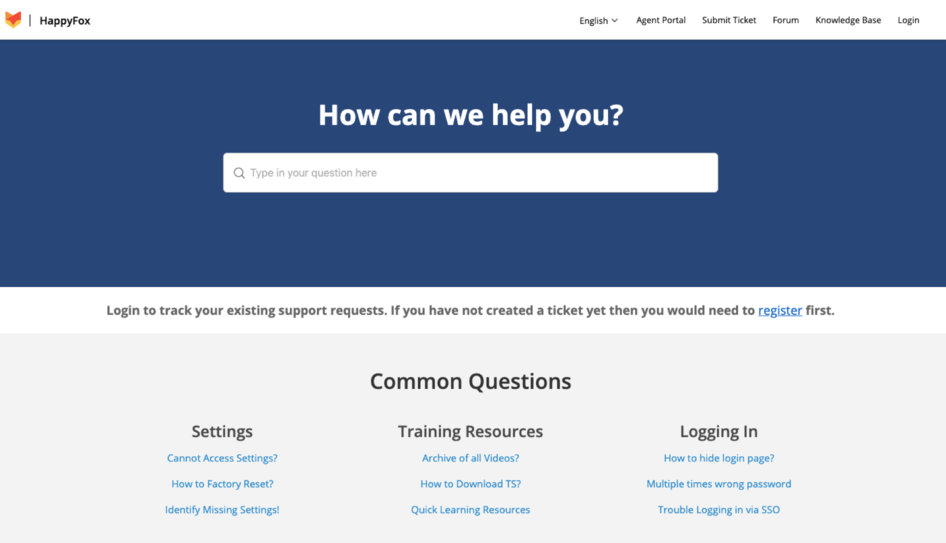
The solution includes the following features:
- ticketing system for easy ticket prioritization, categorization, tracking, and distribution;
- templates for quick agent responses and actions;
- task manager for agent productivity and focus;
- self-service knowledge base and other resources for customer empowerment;
- reports for analyzing agent activity and performance;
- integrations with Slack, Microsoft Teams, Salesforce, and other tools;
- surveys for measuring customer satisfaction.
HappyFox can be used by HR, support, marketing, and sales teams. Moreover, the platform offers solutions tailored specifically for small businesses. The pricing plans start at $39 a month per agent seat, but you can save up to 35% by paying annually or bi-annually.
SurveySparrow for creating memorable experiences
SurveySparrow allows your business to stay proactive and catch any possible customer experience challenge before it turns into a disaster.
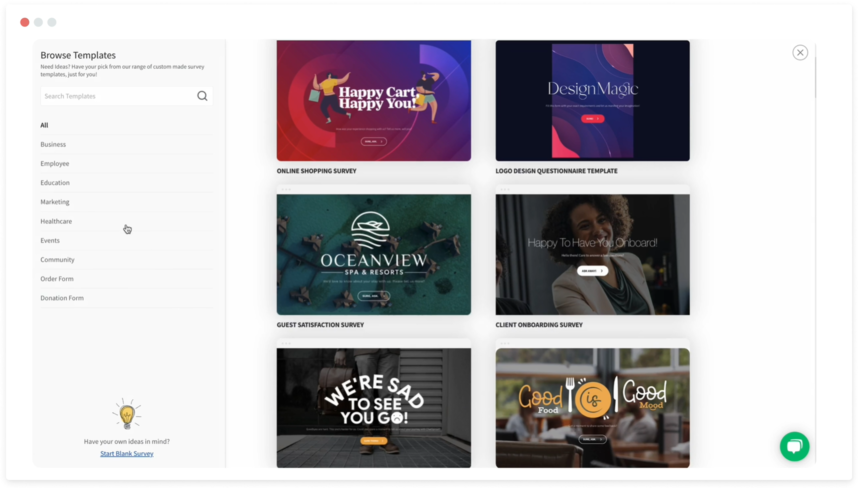
As the name suggests, the platform’s main purpose is to create surveys, but its feature list extends far beyond dull radio buttons:
- build customizable conversational forms that feel natural and look on-brand;
- visualize customer journeys and identify critical points at which buyers need extra attention;
- craft video surveys for more engagement and impact;
- sort, segment, and manage your audience with the help of custom fields and groups;
- provide streamlined support with a built-in ticketing system;
- consolidate all custom conversations using a single shared inbox;
- track and improve your Net Promoter Score to boost customer loyalty;
- create multilingual surveys to connect with diverse target groups.
SurveySparrow has a 14-day free trial as well as a free-forever plan. The pricing plans start at $19 a month for individuals, billed yearly.
Buffer for connecting social media and sales
Buffer is famous for its robust social media management features, but did you know that it also has unbeatable user engagement tools? That’s right; this potent platform can help you navigate customer communication on social channels and turn their likes and comments into real sales.

Here’s how you can get there:
- quickly spot unanswered comments, thanks to the intuitive grid view;
- prioritize customer conversations that are more likely to result in a purchase;
- always stay on top of customer interactions using keyboard hotkeys and smart emojis;
- plan, review, and publish content in collaboration with your team;
- use the AI assistant to come up with fresh content ideas and repurpose existing assets;
- manage up to 10 social channels simultaneously;
- analyze your performance across those channels and get practical recommendations.
Buffer has a free plan, which allows you to connect up to three channels. The second cheapest plan costs $6 a month per channel, billed monthly. A 14-day free trial is also available for each plan.
Pushwoosh for customer-centric messaging
Despite its goofy name, Pushwoosh proves to be a surprisingly powerful tool, allowing you to engage customers on mobile and web, hitting them with highly personalized and relevant messages.
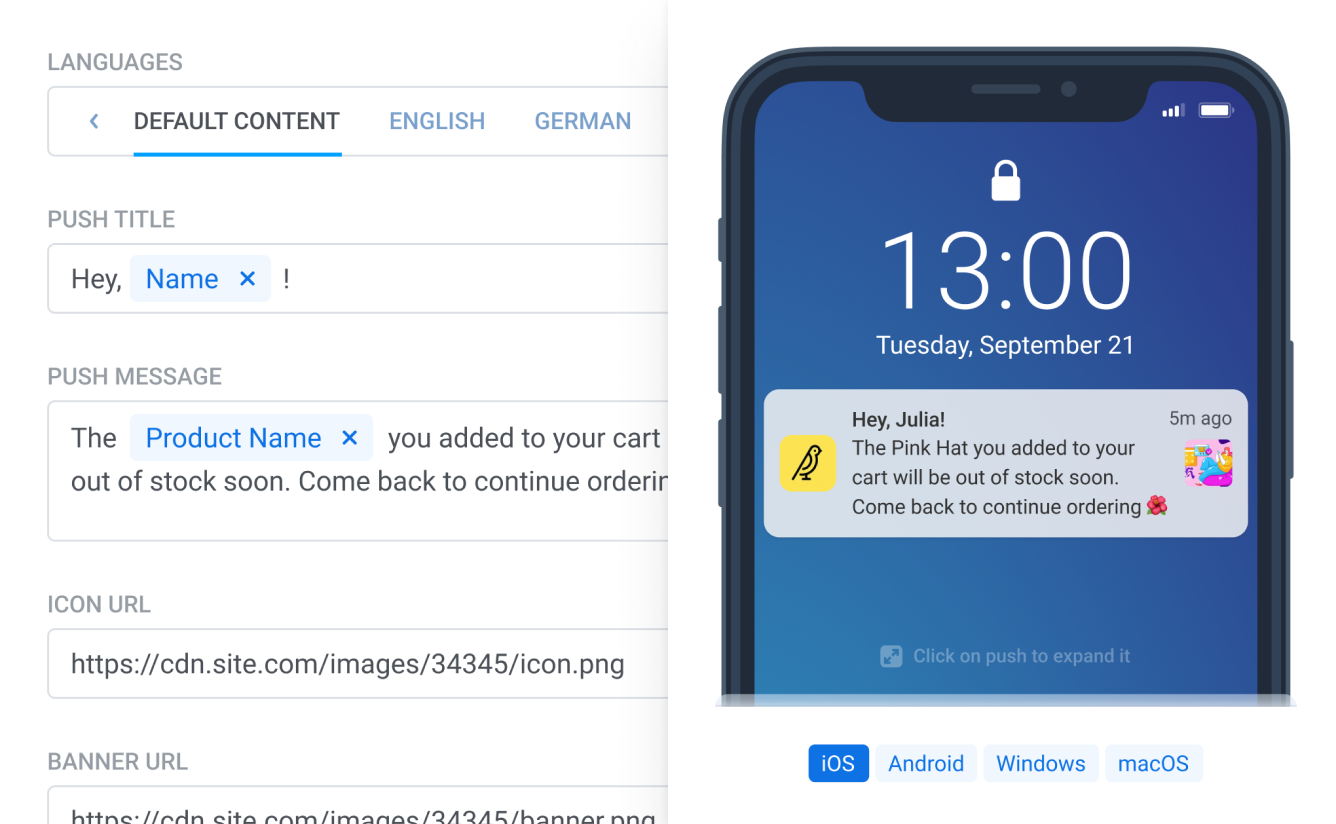
Here are some key features of the platform:
- mobile and web push notifications, in-app messaging, email, SMS, and WhatsApp;
- deep personalization through geo-based data, multilingual content, and event attributes;
- audience segmentation for more targeted campaigns;
- clear goal setting and smart campaign scheduling for better reach and open rates;
- user activity tracking for in-the-moment engagement;
- scheduled surveys for feedback collection.
Pushwoosh guarantees GDPR compliance and 24/7 support to its users. The platform also offers rich learning materials, from webinars to case studies. The pricing plan with the marketing toolkit included costs $49 a month for the first 1000 subscribers.
Choosing the right customer engagement tools: tips and tricks
There’s a lot of hype surrounding certain user engagement tools and platforms, but is it always worth it? There are a few things to consider and questions you need to ask yourself before buying a new flashy tool.
- Start by defining your specific goals. What do you want to achieve with customer engagement? Common objectives include increasing sales, improving customer satisfaction, reducing cart abandonment, or expanding your customer base. Consider the unique needs and challenges of your business.
- Determine your financial constraints. How much can you actually spend on customer engagement tools? Being a small business, you may have limited resources, so it’s essential to find cost-effective solutions that make sense in your situation.
- Find out how your audience prefers to communicate. Analyze your customer profile. Understand where they spend their time and how, both virtually and in real life. This knowledge will help you choose tools that speak to them.
- Start small. It’s often wise to start with fundamental customer engagement tools that offer a strong foundation. If you don’t have an intuitive CRM system in place yet, this should be your starting point.
- Consider scalability. While you’re starting with the basics, make sure the tools you choose can scale with your business. You may outgrow certain tools quickly, so think about the potential for growth and whether purchasing long-term subscriptions is worth it.
- Read user reviews and case studies. Research customer engagement tools through Trustpilot, G2, and other industry forums. Look for tools that have a track record of success with businesses similar to yours.
- Take advantage of free trials and demos. Take advantage of free trials and product demos offered by the tool providers. This allows you to test the tools firsthand and assess their user-friendliness and functionality.
- Integration capabilities. Ensure that the tools you choose can integrate seamlessly with your existing CRM, website, and other software you use. Check whether the tool of your choice offers customization options.
It makes sense to consider all-in-one website engagement tools, especially if your budget is tight. Otherwise, you’ll spend more time switching between tabs than actually engaging your audience.
Stay connected with your customers using SendPulse
You’ve probably already looked at the most popular marketing platforms, like Hubspot… just to realize how expensive they are. On the other hand, free customer engagement tools are usually very limited in terms of features. But it doesn’t have to be like that.
SendPulse is a one-stop solution made specifically for solopreneurs and small and mid-size business owners. As you’ve seen, it can replace up to 10 conventional marketing tools, offering a wide range of features at a reasonable price.
Get started now by creating your free account — no card details are needed!





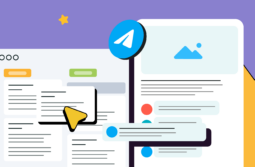
![11 MailerLite Alternatives for Your Email Marketing Needs [2024 Comparison]](https://www.spcdn.org/blog/wp-content/uploads/2024/10/mailerlite-alternative-cover-255x167.png)
